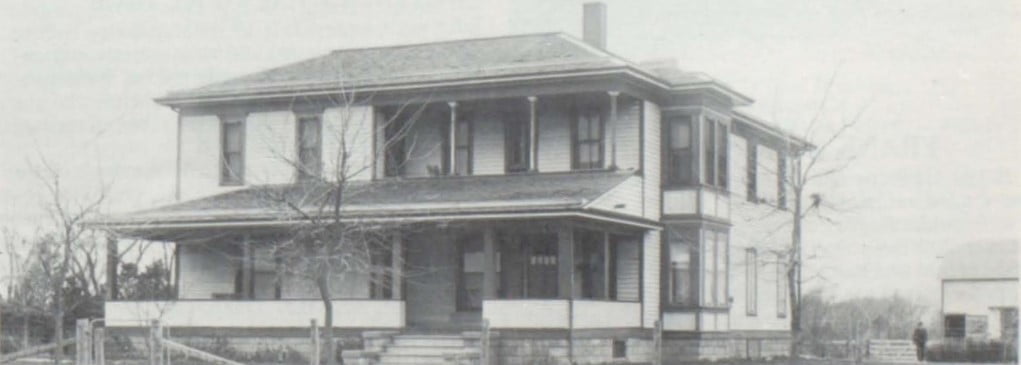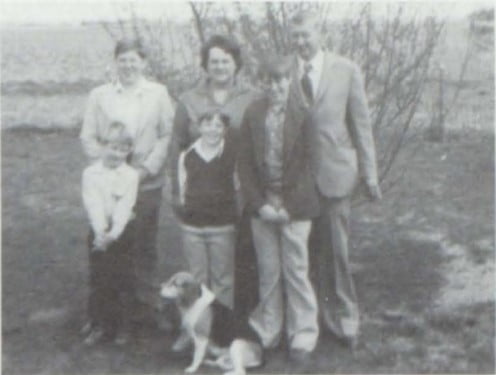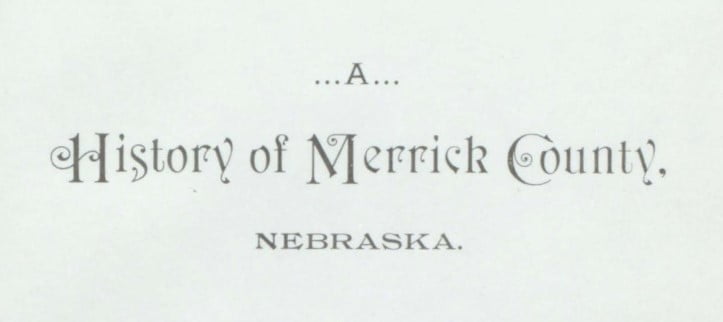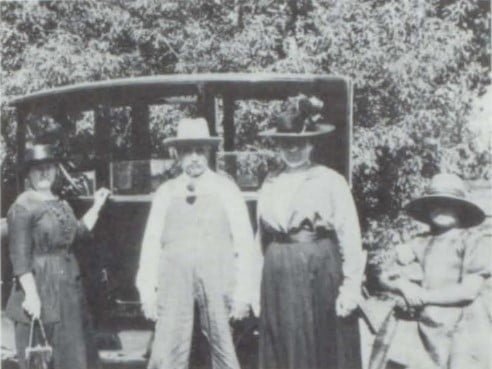James H. Berryman Family of Merrick County, Nebraska
James Hayden Berryman, born June 20, 1837, near Hartford, Kentucky, settled in Lone Tree (now Central City), Nebraska, in 1866 after his honorable discharge from the Union Army. Initially serving in the Confederate Army, he was captured and later joined the Union Army. In Lone Tree, he built the first frame building, which hosted the first district court session. James married three times: Mary Comstock, Kate Howsley, and Kate’s sister Amanda. He had five children, but only four survived to adulthood. A prominent early settler, James was active in the Methodist and Friends’ Churches and the Masonic Lodge. He died on January 17, 1905, in a train accident.




